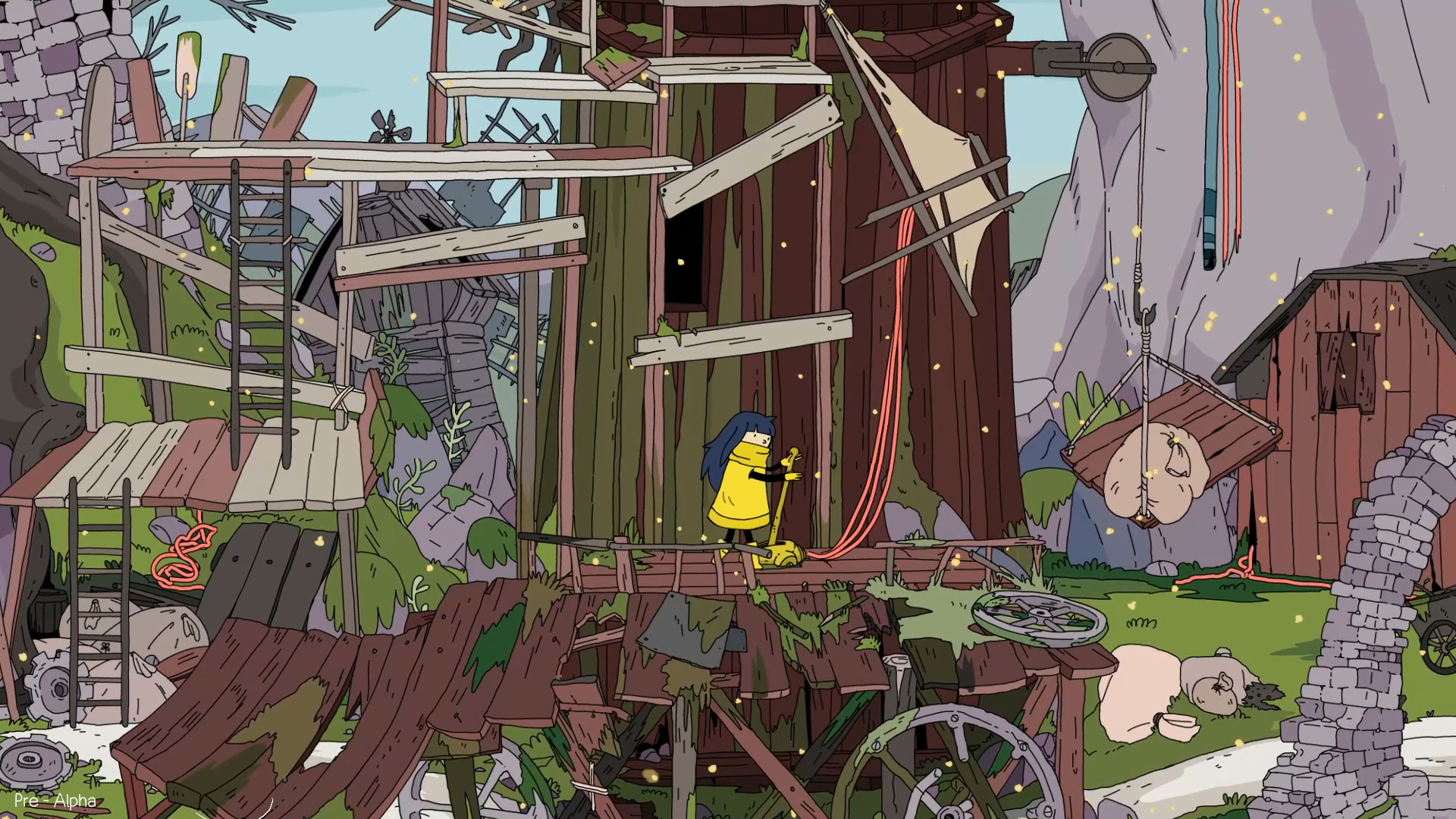

The wharf is now used only for recreation and tourism, but the original Opua wharf was built in the 1880s for loading coal from Kawakawa. Fishing won’t be so great after heavy rain because it is at the mouth of the Kawakawa river. Otherwise, trevally is plentiful in winter and spring, and kahawai can be caught all year round. The best fishing at this wharf is in autumn and early winter, where you can haul lovely snapper from the depths at the end of the wharf. We can’t think of a better Bay of Islands dinner than a fresh-caught, pan-fried snapper. Catch your dinner alongside the locals at the Opua wharf Our favourite parts? The section between Kaikohe and Okaihau, where you pass through a historic 80m rail tunnel, and the Opua to Kaikohe section with the beautiful estuary track and the famous Kawakawa Hundertwasser toilets. The entire trail can be done in one day, or you can break the 87 kilometres into sections: Opua to Kawakawa (11 kilometres), Kawakawa to Kaikohe (34 kilometres), Kaikohe to Okaihau (14 kilometres) Okaihau to Horeke (28 kilometres). This cycle trail leads all the way from Opua in the Bay of Islands to Horeke in the Hokianga harbour, taking you through a region rich in early Māori and European history. Ride the Pou Herenga Tai - Twin Coast Cycle Trail Also have a chat with the carvers in the carving studio, while they demonstrate traditional carving techniques which have been handed down through generations.Ĭhildren at Waitangi Treaty Grounds 5. Check out the two contemporary museums, Te Rau Aroha (commemorating Māori soldiers in the wars) and Te Kōngahu Museum of Waitangi (exploring the signing of the treaty). Entry is $30 pp for New Zealanders, but children (under 18s) are free! Make sure you go to one of the cultural performances, to see graceful demonstrations of the poi, breathtaking demonstrations of Māori weaponry, stick games, waiata (songs) and a traditional haka. Explore the Waitangi Treaty GroundsĪ visit to the Waitangi Treaty Grounds is a must-do for any New Zealander, to cement awareness of New Zealand’s heritage and the coming together of two peoples.

Minute of islands price free#
Entry is free but they ask for a small annual donation to keep the park operating. Highly recommended for a great day out for the whole family. The funky café has great coffee, which parents can enjoy while watching their toddlers attempt the pump track nearby. There are 30 trails for all abilities, with great flow and features including downhill riding, jump trails, cross country, and beginner trails. The park was designed by Jeff Carter, who built the amazing Whakarewarewa Forest Mountain Bike Park and many others around the globe. This non-commercial mountain bike park has more than 40 kilometres of professionally-built tracks, in picturesque forest with views of the sea. You can return the way you came, or if you want to walk another two hours, you can walk the other track at the junction: the Oromahoe Traverse, which is scenic and the track is more intrepid. The right hand side track takes you to the lookout with stunning views of Waitangi, Motumairie Island, Russell, and Cape Brett. After about 30 minutes of uphill walking, you’ll reach a junction. It begins by winding through the Horotutu Scenic Reserve – keep an eye out for kauri trees. The 1.5-kilometre track starts at School Road, and it is gravelled, wide and well-maintained. Walking in nature is good for the body, the soul, and the wallet.

Catch the amazing views from the Paihia Lookout Alternatively, you could kayak up to the falls, joining a half-day tour for around $45-$80. The falls are just a couple of minutes’ walk from the carpark. This is where the entire Waitangi river empties into a lagoon – which was New Zealand’s first river port, used by both Maori and missionaries. They have a unique and beautiful horseshoe shape. These popular falls may be small, but after rain they absolutely thunder with raging water (haruru means “big noise” in te reo Māori).


 0 kommentar(er)
0 kommentar(er)
